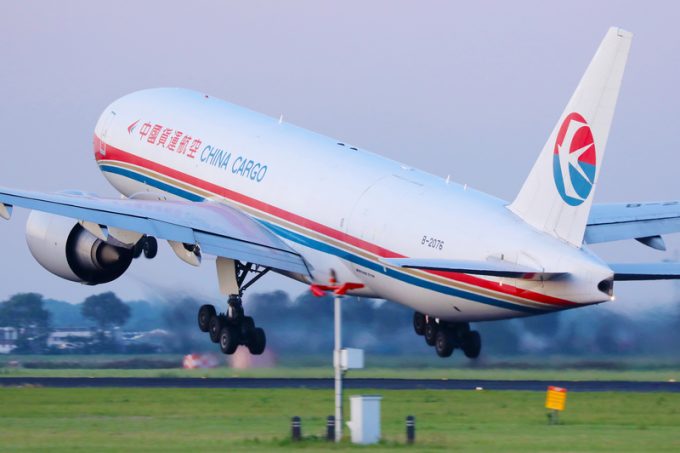US shippers slam USTR port fee plan – 'an apocalypse for trade'
The Trump administration’s plan to revive US shipbuilding by levying hefty fees on China-built or ...

Air freight rates may have edged up in the past month – but forwarders are reporting that falls in capacity due to cancelled flights, combined with vast amounts of distressed sea freight, could see a “crazy” market next month.
“We cautioned last month that a cooling in rates was likely to be short-lived and, as we see a re-acceleration, particularly on US-bound routes, that may turn out to be the case,” Bruce Chan, of Stifel, told the Baltic Exchange.
“It’s almost silly ...
Trump tariffs see hundreds of cancelled container bookings a day from Asia
Macron calls for ‘suspension’ – CMA CGM's $20bn US investment in doubt
De minimis exemption on shipments from China to the US will end in May
Forwarders stay cool as US 'liberation day' tariffs threaten 'global trade war'
Mixed response in US to 'Liberation Day', while China leads wave of retaliation
Tariffs and de minimis set air freight rates on a volatile course
Overcapacity looms for ocean trades – with more blanked sailings inevitable
'To ship or not to ship', the question for US importers amid tariff uncertainty
List of blanked transpac sailings grows as trade war heats up and demand cools
'Chaos after chaos' coming from de minimis changes and more tariffs
East-west rates diverge as transpac spots hold while Asia-Europe keeps falling

Comment on this article